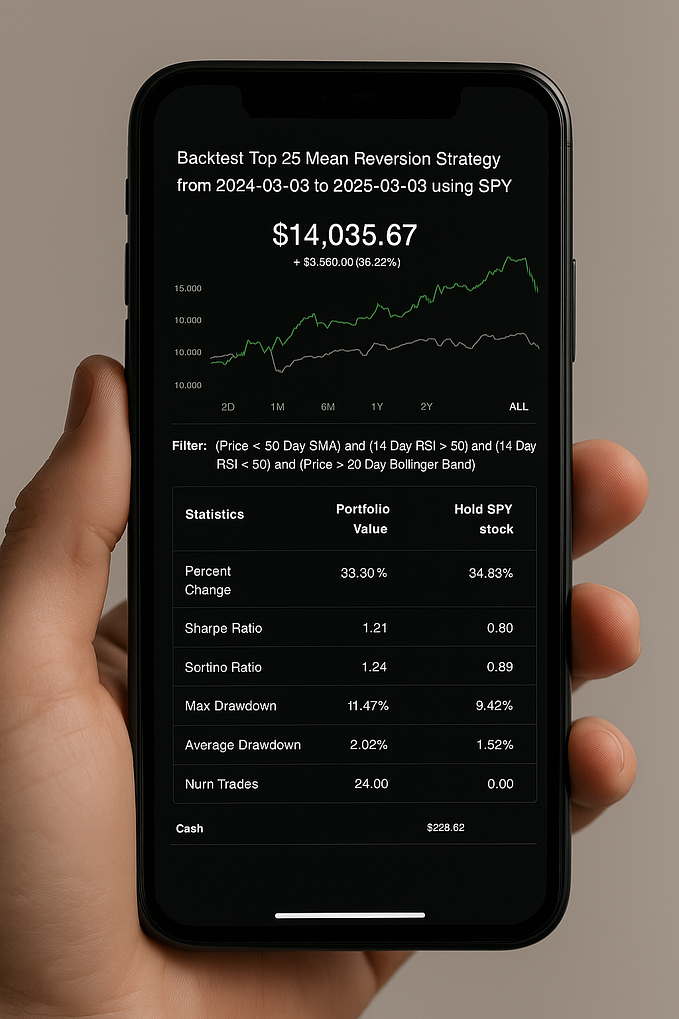You're reading for free via Tunji Onigbanjo's Friend Link. Become a member to access the best of Medium.
Member-only story
3 Quick Points to Simplify Index Futures
Securities that allow one to hedge risks and speculate market direction
Index futures are futures that allow an individual to buy or sell a financial index, such as the S&P 500, Nasdaq-100, and Dow Jones, today to be settled at a future date. Futures, also known as a futures contract, are a legal agreement to buy or sell a particular asset at a pre-determined price at a specified time in the future. Index futures contracts expire quarterly (March, June, September, and December). Futures, in general, are standardized for quality and quantity to facilitate trading on futures exchanges. One of the most known futures exchanges is the Chicago Mercantile Exchange.
Index futures are used by portfolio managers to hedge portfolio risks and by traders to speculate the market’s direction. Popular index futures include the E-mini S&P 500, E-mini Nasdaq-100, and the E-mini Dow. The following 3 quick points will further simplify index futures:
1. Index Futures Are Derivatives
2. Index Futures Specifications
3. Index Futures Trading Example
1. Index Futures Are Derivatives
It is important to note that index futures are derivatives. A derivative is a financial security derived from an underlying asset. In the case of an index future, it is derived from a financial index. For example, the E-mini S&P 500 is derived from the S&P 500.
2. Index Future Specifications
An index futures’ key specifications are its contract size, minimum tick, point value, trading hours, and margin requirements.
An index futures’ contract size is what the future is priced at. For example, for the E-mini S&P 500, its contract size is $50 * S&P 500. Let us say the S&P 500 is 3,500, so the contract size is $50 * 3,500 = $175,000.
An index futures’ minimum tick is its smallest possible point fluctuation. For example, 1 tick for the E-Mini S&P 500 is equal to 0.25 index points, which is equal to $12.50.
An index future point value is a whole number. For example, 1 E-mini S&P 500 point is equal to 4 ticks, which is equal to $50.
Regarding trading hours, all the major U.S. index futures trade Sunday through Friday from 6:00 PM EST to 5:00 PM EST with a trading halt from 4:15 PM EST to 4:30 PM EST each day. Daily maintenance is Monday through Thursday from 5:00 PM EST to 6:00 PM EST.
Margin requirements are an important aspect of index futures to understand. Since index futures do not require a buyer to put up the contract’s total value when trading, there is an initial margin. An initial margin requires a fraction of the contract amount to remain in a buyer’s account. There is also a maintenance margin. A maintenance margin requires a minimum amount of funds an account must hold to satisfy any potential losses. For the E-mini S&P 500, the initial margin is $13,200 and the maintenance margin is $12,000.
3. Index Futures Trading Example
Let’s say that it is early July, and a trader is looking to speculate the S&P 500, which is at 3,500. The trader believes that it will go up to 3,700 before September. The trader decides to go long on 10 contracts of the E-mini S&P 500 that expires in September. The E-mini S&P 500 reaches 3,700 mid-August, so the trader sells the contracts and witnesses a profit of $100,000 (10 contracts * $12.50 per tick * 800 ticks). It is important to remember that there are 4 ticks in a point for the E-mini S&P 500, so a 200 point gain is equal to an 800 tick gain.
There is a lot more to know about index futures, but with this information, you will be able to further navigate the world of index futures with a clearer understanding. It is important to note that trading futures is very risky. It can also be very lucrative with the right precautions. Whether it is for hedging a portfolio or speculating, risk management must be used to trade index futures.
Index futures are typically used as an indicator for market direction during U.S. stock market trading hours, which is Monday through Friday from 9:30 AM EST to 4:00 PM EST. Since index futures essentially trade for 23 hours per day during the week, many look to index futures to get an idea of what to expect for the day.
The performance of index futures is talked about by many popular news sources. Unfortunately, many of those news sources do not take the time to breakdown the basics of index futures since they assume their audience is aware. As stated earlier, with the information you know now, you will have a clearer understanding of index futures.
Check out The Tunji Letter to stay connected.







